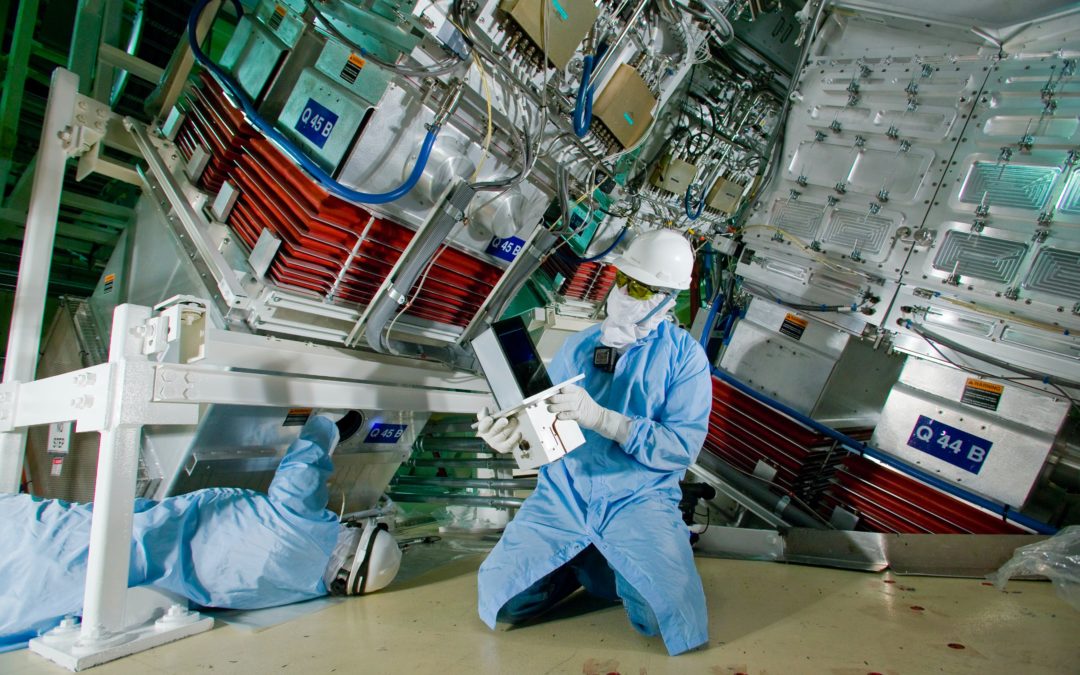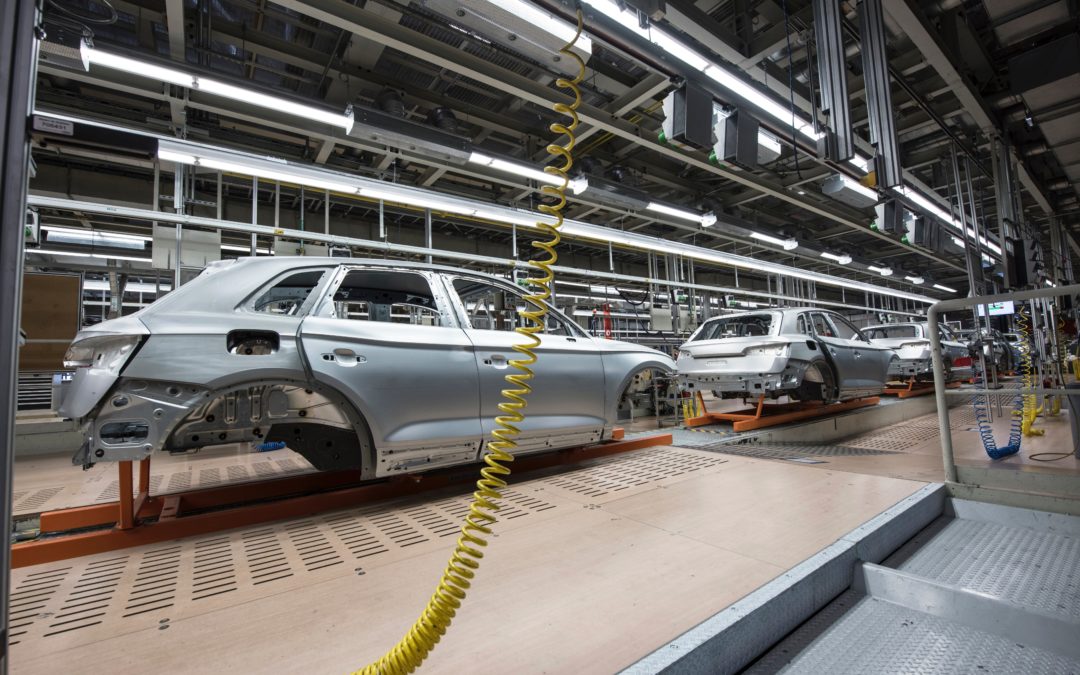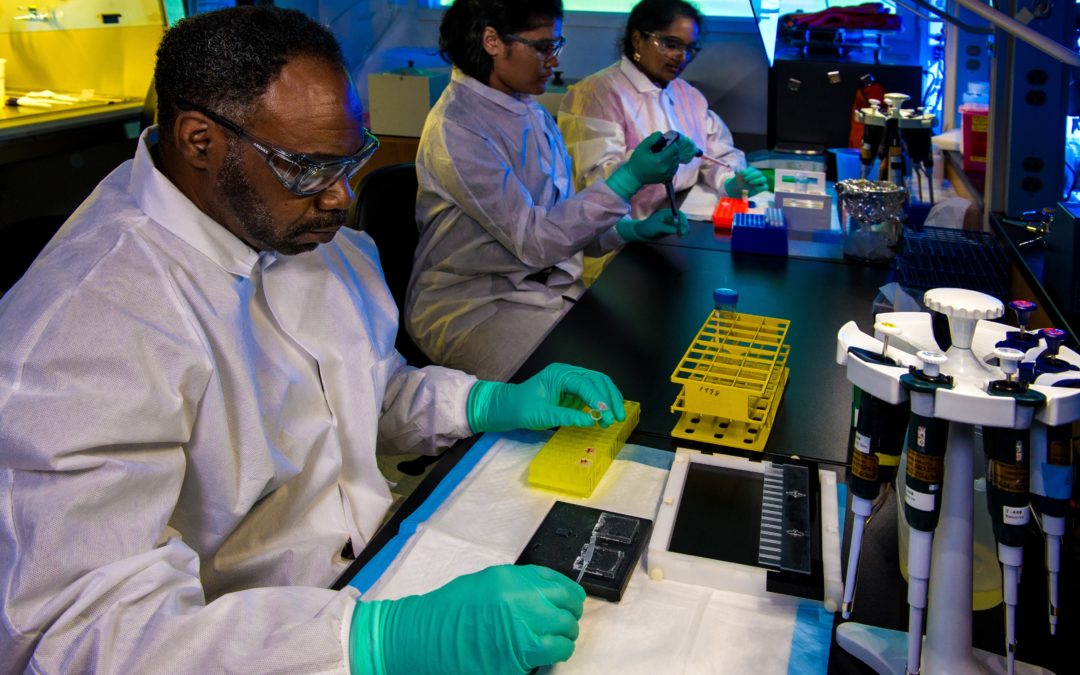
5 Advantages of Softwall Cleanrooms in the Plastic Industry
Examples of applications that can use SoftWall cleanrooms and benefits they provide in plastics industry cleanrooms, having project versatility is priceless. Modular SoftWall cleanrooms give you the ability to adapt to changes to create better products more efficiently — to help you reach your business goals and grow your profits. Here are five advantages SoftWall cleanrooms can offer the plastics industry:
#1 SoftWall Cleanrooms are Reconfigurable
In the plastics industry, demand can change quickly whether it’s producing poly bags through extrusion molding or manufacturing medical devices with injection molding machines. Having a SoftWall cleanroom enables your operations to shift into a higher gear quickly and adapt to changes seamlessly.
SoftWall vinyl curtains allow your cleanroom to be easily expanded, condensed, or reconfigured as your project needs evolve. If you need more equipment or personnel to increase production, you can easily grow the SoftWall cleanroom by adding more panels. Or, if you’re working with a small space, SoftWall cleanrooms are much more compact than other cleanroom types, and can be streamlined to work in virtually any size space.
#2 SoftWall Cleanrooms are Easy to Install
If you need to set up a controlled environment quickly, SoftWall cleanrooms offer the advantage of an easy installation. New SoftWall cleanrooms can be set up in just a few hours. Compared to other cleanroom types that can take days to weeks to be fully installed, SoftWall cleanrooms are ideal for applications that need to get off the ground quickly.
Despite their quick lead time, SoftWall cleanrooms don’t sacrifice quality. SoftWall cleanrooms are designed to meet your exact specifications. Their modular design and straightforward assembly means they can be put together by your team following the included instructions, or set up efficiently by a professional team of cleanroom experts.
#3 SoftWall Cleanrooms are Easy to Maintain
The simple, minimalist construction of SoftWall cleanrooms not only looks good in any space, but is also easy to maintain — so it always looks new and clean. Each panel consists of a sturdy and attractive aluminum alloy frame with a fresh powder coat enamel. The curtain can be made of your choice of material — antistatic PVC, conductive PVC, polyethylene, vinyl, and more. The smooth design makes the panels extremely easy to clean and maintain, as there’s nowhere for tricky particles to shed or adhere where they could threaten your project.
SoftWall cleanroom panels can be suspended from a ceiling grid or freestanding in your space. The panels’ lightweight construction means your cleanroom can be easily moved around just about anywhere and reconfigured as you see fit.
#4 SoftWall Cleanrooms are Customized to Your Application
SoftWall Cleanrooms can meet cleanroom standards ISO 14644-1 Classes 4-8, which means they are capable of reaching some of the most stringent requirements and cleanroom classifications. SoftWall cleanrooms can be outfitted with the essential systems and special features you need to make your project a success.
From a custom lighting plan to cleanroom furniture and storage systems, SoftWall cleanrooms are designed to work perfectly for your application and industry-specific requirements. They may even be able to be integrated with your existing HVAC system, as long as it’s powerful enough to support the demands of your project.
#5 SoftWall Cleanrooms Provide Ultimate Flexibility
The biggest advantage of SoftWall cleanrooms for the plastics industry is that they give your operations room to grow. Both your space and your budget are given breathing room when you choose SoftWall cleanrooms, as they can meet cleanroom standards easily, and be customized to fit your application, and are also an approachable investment.
With a SoftWall cleanroom you can start small and expand your operations and budget over time. SoftWall cleanrooms can also be easily stored if you decide to design a new cleanroom down the road. Whether you’re starting out, or just prefer to have the increased flexibility SoftWall cleanrooms provide, this cleanroom type is ideal for plastics industry applications wanting to scale or streamline their operations.
SoftWall cleanrooms have many advantages for the plastics industry, allowing your cleanroom to expand or condense as your project needs evolve, be reconfigured to meet new requirements and standards, be fully customized to meet your application’s needs and goals.
If you think a SoftWall modular cleanroom would be perfect for your application, get in touch with Angstrom Technology today. We have everything you need to set up a controlled cleanroom environment with SoftWalls. Give us a call or reach out online to get started.




